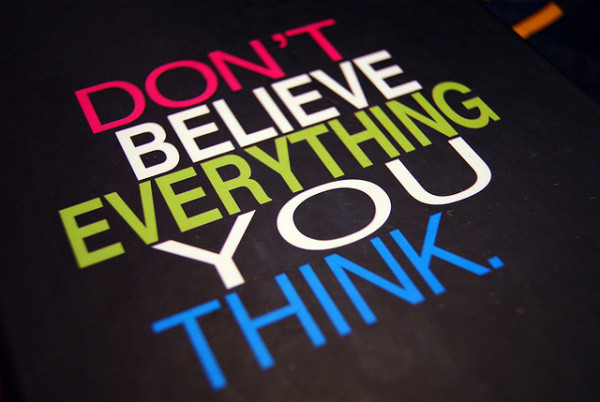Resilience online is built in the same way as resilience offline. We must provide opportunities for youth to face social and relational problems head on, and to recognize their own strength, agency, and power to overcome them – do so within an environment of supportive resources (so they know you and I have their back!).
Late last year during a talk for the International Bullying Prevention Association, I discussed the ABC model, which stems from Albert Ellis’s Rational Emotive Behavior Therapy. ABC stands for Adversity, Beliefs, and Consequences. When considering typical teenagers, they may deal with a peer repeatedly posting vicious statements about them on social media. At this point, (B)eliefs enter the equation, and stem from that adversity. These beliefs are what a student might tell him or herself to come to terms with, or explain away, the hardship or stressor. Finally, (C)onsequences come into play, and result directly from the (B)eliefs that were embraced.
Dealing with the adversity in positive, constructive ways or negative, unhealthy ways hinges on the beliefs the student adopts, and the inner dialogue that transpires (basically, how he explains away what is happening to himself). Let’s say a teenager is dealing with negative comments on his social media account, and they are really bothering him. Perhaps by default, the teen might fall apart because of the cyberbullying, and start to tell himself that he is a “loser” who deserves to be picked on, and that bullying is his lot in life, and likely representative of the sentiment of most people towards him.
But in this example, what would we rather hope to see for our intrepid teenager? We would want him to think through what has happened, and reconcile it in a positive fashion. The teen might tell himself that the girl who is cyberbullying him is, for example, dealing with her own insecurities and major personal problems, possibly hates herself, can only feel better about her own life by tearing others down, and whose opinion and actions do not really matter.
If his takeaway is that he is a loser and that everyone hates him, it will likely lead to helplessness, powerlessness, and dysfunctional coping in the form of anger, rage, depression, or self-harm. If his takeaway is that he’s not doing anything wrong, and the girl who is giving him grief has her own issues, it can ion can lead to productive coping through a more logical, objective interpretation of the adversity. The bottom line is that we want his explanations of what is happening to him to be rational and healthy – perspectives that promote recovery and growth, instead of stunting them.

If we can help students focus more on the connection from B to C, it can go a long way towards increasing self-awareness and promoting a resilient response to adversity. For instance – and as pointed out by Drs. Karen Reivich and Andrew Shatté – it is critical for us to realize that the consequence of anger (or an angry response) typically stems from the belief that one’s rights have been violated. Similarly, the consequence of sadness and depression (and its attendant manifestations) typically results from the belief that one’s self-worth has been crippled or damaged.
Anxiety and fear (and the responses that they prompt) stem from the belief that one will face a meaningful threat in the future. Guilt (and guilty actions) result from the belief that another person’s rights have been violated (by us). Finally, embarrassment stem from a belief that one has lost standing with others. Instead of just being at the mercy of their emotions (which, to be sure, are incredibly powerful), it’s crucial that we help youth think through how to best interpret the adversity they are facing. Ideally, we can train them to view any hardship that arises – bullying, cyberbullying, whatever – in a salubrious rather than self-defeating manner.
Because students care so much about peer perception, though, it’s easy to get lost in a cloud of heavy emotions, and lose their ability to think rationally because of all the overwhelming emotions bouncing around in their minds. It takes time, mentorship, and maturity to understand when their emotions are prompted by unhealthy beliefs. When we are able to help them identify which beliefs lack merit when objectively viewed, we add more tools to their toolbox of skills to deflect, disrupt, and dispute unhealthy thought patterns. They can then replace them with healthier, beneficial ones. This then translates into positive attitudes and choices, now and in the future.
This is absolutely what we want for our youth.
Image sources:
http://bit.ly/2mGUOCh
http://bit.ly/2mpEiEJ
The post The ABC Model to Build Resilience Against Cyberbullying appeared first on Cyberbullying Research Center.